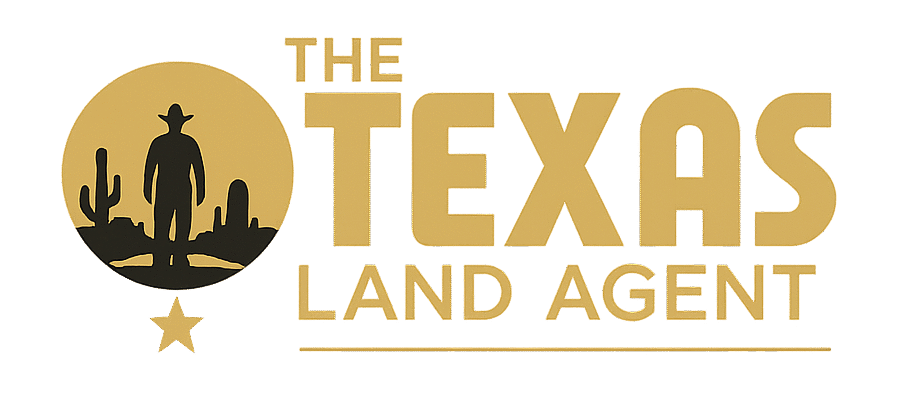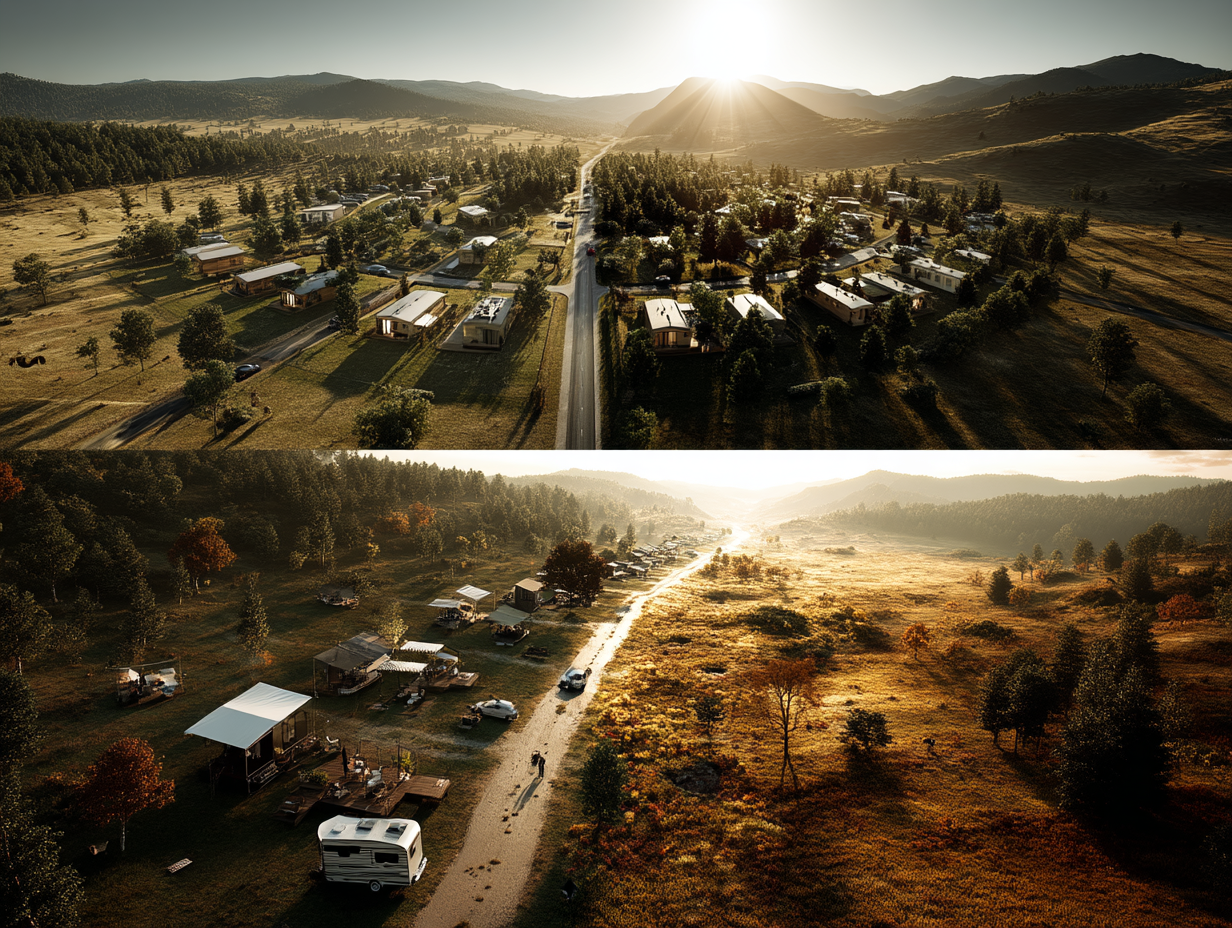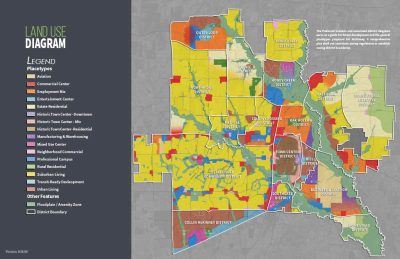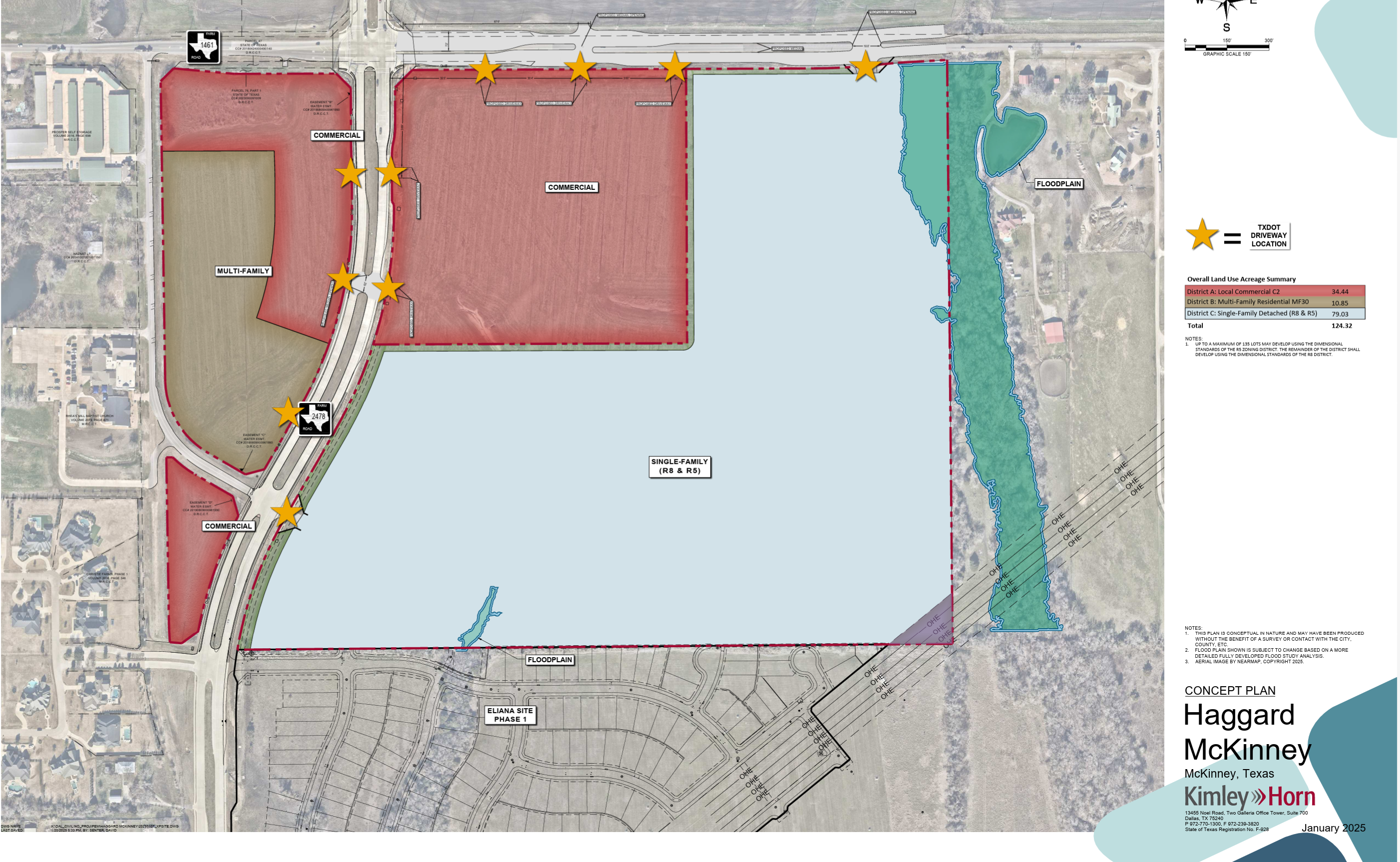Know Before You Buy: What “Restricted” vs. “Unrestricted” Land Really Means
When buying land — especially in Texas — understanding whether it’s restricted or unrestricted isn’t just helpful… it’s essential. These terms can significantly impact how you use your land, its resale potential, and even its long-term value.
Whether you’re a developer, investor, homesteader, or first-time buyer looking to build your dream home, this guide breaks down the pros, cons, and what to watch out for when choosing between restricted and unrestricted land.
What Is Restricted Land?
Restricted land comes with limitations — often put in place through deed restrictions, zoning ordinances, or HOA guidelines. These restrictions are legally binding and typically govern:
- The type of structures you can build
- Land use (residential, agricultural, commercial, etc.)
- Minimum square footage requirements
- Mobile or manufactured home exclusions
- Animals allowed (or not allowed)
- Exterior aesthetics and materials
In many master-planned communities or rural subdivisions, deed restrictions help preserve property values and neighborhood aesthetics. But they can also feel limiting if you want more freedom.
Pros:
- Higher neighborhood standards
- Preserved property values
- Predictable surroundings
Cons:
- Limited freedom
- HOA or architectural review board involvement
- Not ideal for unconventional or off-grid living
What Is Unrestricted Land?
Unrestricted land, on the other hand, gives you maximum freedom. Want to build a barndominium, park your RV, raise goats, or go completely off-grid? You’re free to do so — as long as it complies with county and state regulations.
This type of land is often found in rural areas, and while it may lack some infrastructure, it opens the door for:
- Tiny homes, cabins, mobile homes
- Short-term rentals like Airbnb
- Homesteading and farming
- Commercial ventures
Pros:
- Greater flexibility and creativity
- Ideal for investors and off-grid buyers
- Fewer bureaucratic hoops
Cons:
- Less oversight may lead to nearby eyesores
- Infrastructure may be limited
- Due diligence is 100% on the buyer
Things to Consider Before You Buy
Regardless of which direction you’re leaning, ask yourself these questions before making a decision:
- What’s your end goal? (Build a home, invest, farm, short-term rental?)
- Are you comfortable with neighbors doing anything they want?
- Are you planning to resell later? (Some buyers won’t touch unrestricted land.)
- Is the land in a floodplain, zoned for commercial use, or under an ETJ?
- What are the utility access points, septic requirements, and road conditions?
Tip: Always request a copy of the deed restrictions and verify zoning or ETJ rules with the county or city. Just because the listing says “unrestricted” doesn’t mean it truly is.
Final Thoughts: Which Is Right for You?
The best choice comes down to your vision, values, and long-term plans. Restricted land offers order and protection, while unrestricted land offers freedom and opportunity. One isn’t better than the other — they’re just different paths to owning land.
If you’re looking at land in Texas and unsure which way to go, work with a land specialist who understands both sides of the coin. A good agent will help you navigate restrictions, read surveys, check for easements, and identify hidden costs.
Ready to Explore Texas Land?
Whether it’s 1 acre or 1,000, we’ll help you find the right piece of land for your next chapter. Reach out to our land experts for guidance, walk-throughs, or zoning breakdowns. We’re here to help you make a confident, informed investment! We just released our Land Plan Guide for Buyers. If you want a free copy just let us know.




